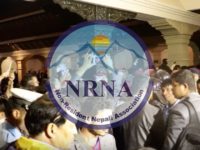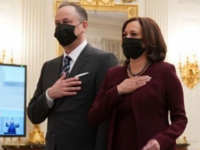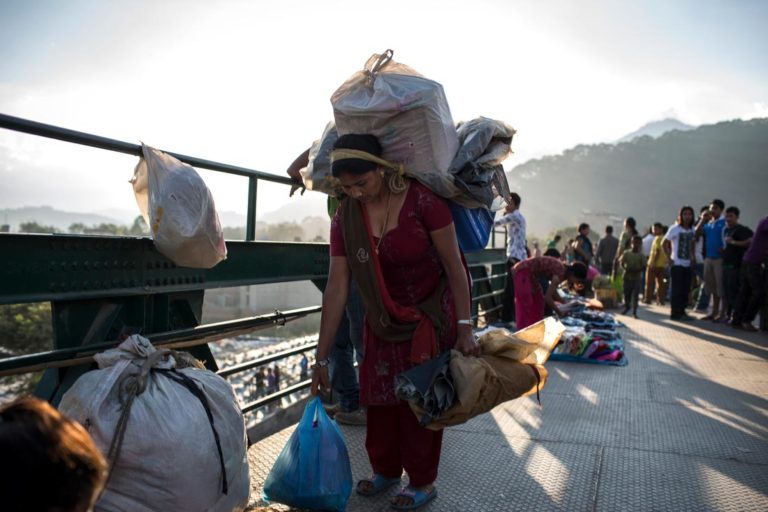By Namit Wagley,
How many national human rights institutions (NHRIs) does it take to protect human rights? Are the rights of disparate groups better protected by multiple, specialized agencies, or is a single institution with a broad mandate more efficient and effective? The framers of Nepal’s 2015 Constitution opted overwhelmingly for multiple, specialized NHRIs. This institutional innovation was as much political as it was pragmatic, predicated on the nation’s checkered human rights record and the competing demands for redress of multiple vulnerable groups. Nepal now has eight human rights agencies, each with its own mandate, to protect the needs of women, indigenous nationalities such as Dalits, Muslims, Madhesis, and Tharus, people with disabilities, and other vulnerable and marginalized groups.
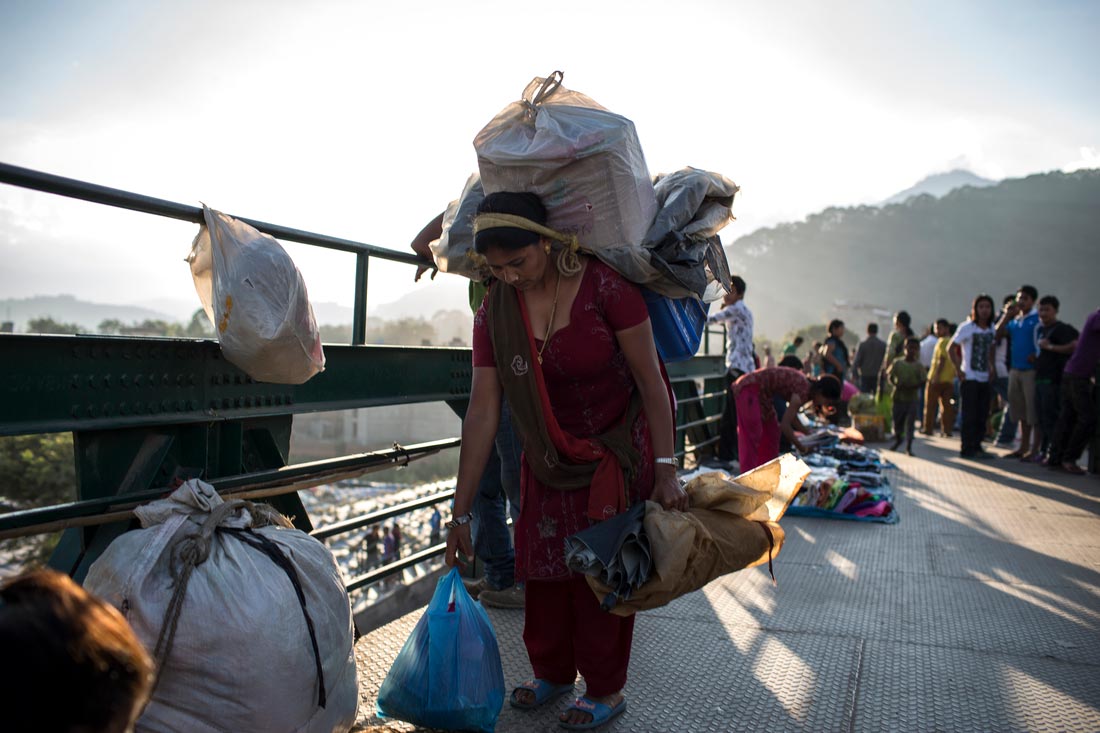
Founded on the notions of representativeness and self-organization, these commissions have been armed with a mandate to monitor human rights violations, assess Nepal’s compliance with international treaty obligations, and recommend changes to laws, policies, and practices that discriminate against or deny the rights of their designated constituencies. The vision, in principle, is to help the Nepal government foster a culture of diversity and inclusion as it navigates the transition to federalism. Ultimately, the performance of these new agencies, and the services they are able to provide to vulnerable groups, will serve as a litmus test of the credibility and effectiveness of the new constitutional order.
While a constitutional commitment is a positive step, however, not much else has been done, three years on, to engage key human rights actors to implement the new mechanism. The state is in a paradoxical position. On the one hand, it now has an institutional responsibility to protect the human rights of vulnerable groups. On the other hand, the state itself has too often been the violator of these rights. Specialized NHRIs can be an effective antidote to the failings of a monolithic state institution, but overheated advocacy can easily provoke interagency conflict, to the inevitable detriment of vulnerable groups. As the implementation of the Constitution’s institutional reforms has stalled, some activists have criticized Nepal’s specialized NHRIs as a divide-and-conquer strategy to weaken human rights.
In this light, it is imperative to reach a common understanding of the issues and challenges confronting human rights protection in Nepal, to identify areas of potential partnership among human rights actors and institutions, and to develop a consolidated strategy for the defense of vulnerable groups.
Issues and Challenges
First and foremost, a well-coordinated, multi-institutional mechanism that promotes pluralism and interagency cooperation requires a clear collaborative framework. The Constitution establishes the National Human Rights Commission (NHRC) and the seven other commissions as constitutional bodies—with varying and sometimes overlapping mandates—but there is nothing concrete in the Constitution or in any subsequent statutes or regulations formalizing their interrelationship. In this situation, the NHRIs may be tempted to leverage their constitutional status to secure more autonomy and power, while their overlapping mandates could reduce their effectiveness by wasting institutional resources through duplication of effort.
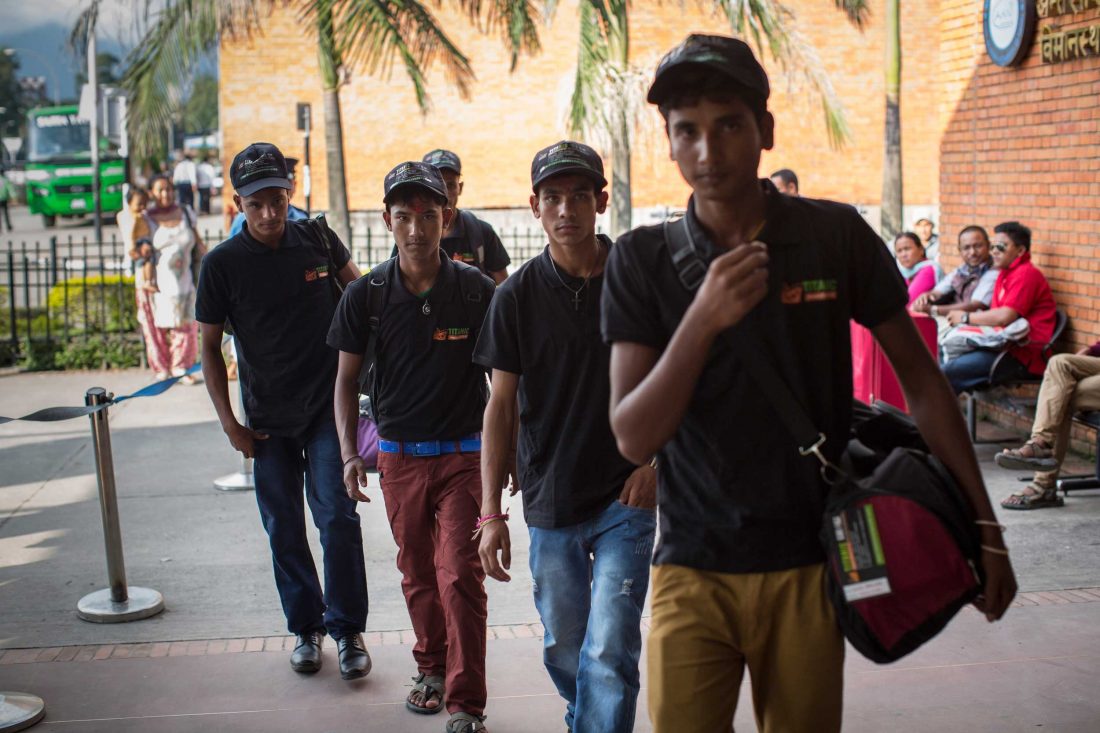
Lack of coordination among the commissions will inevitably undermine their credibility, creating confusion among those they are meant to protect, weakening the rule of law, and nurturing impunity. The violation of a Dalit woman’s human rights, for example, could fall under the jurisdiction of any of three different commissions: the NHRC, the National Women Commission, or the National Dalit Commission. Without a collaborative framework, these agencies could easily find themselves wrangling over jurisdictions or, more perversely, ducking their responsibility to act.
The Way Forward
The issue of one or several human rights institutions has been settled by the Constitution. The focus now must be on how to move forward. The internationally recognized Paris Principles establish benchmarks for the structure, legitimacy, and autonomy of NHRIs, and compliance with these principles should be a first priority. Policymakers must ensure that the NHRIs have both clearly laid-out competencies and responsibilities and substantial functional autonomy: though they are funded by the state, they are intended to work independently, forging relationships with both state and nonstate actors, advocating for policy reforms, and pressing the government to implement recommendations.
Unfortunately, recent legislation has not only fallen short of the Paris Principles, it has missed a golden opportunity to create a collaborative mechanism for the NHRIs. Nevertheless, even in the absence of legislative frameworks, partnership is still possible in the area of policy advice and treaty monitoring. There are demonstrated strategies for improving collaboration among national institutions, including memorandums of understanding and other, less formal interagency agreements to address overlapping competencies. An intercommission coordinating committee, with a membership representing all the NHRIs, would be a good way to inaugurate collaborative efforts. The commission might start by establishing some fundamental procedures: the initial screening of complaints and their subsequent referral to the appropriate agency; the transfer of cases between agencies; interagency dispute resolution; and a system for developing joint recommendations on cross-jurisdictional issues.
A joint monitoring and investigation mechanism could sidestep the problem of multiple agencies devoting limited resources to the same issue. A joint research plan could develop strategies that avoid jurisdictional overlap, ensure complementarity, and reinforce systematic approaches to human rights. A five-to-10-year, cross-sectoral strategic plan could be developed to institutionalize a consolidated vision of the defense of human rights in Nepal.
NHRIs are an important part of the national human rights machinery, but they are only one part. They must work alongside other bodies that also have human rights roles and responsibilities, including the courts, law enforcement agencies, the legislature, administrators, and civil society. Institutions across Nepal have been notoriously poor at communicating with the public, and a coherent communications strategy, aligned with a shared civic engagement mechanism, will be key to increasing the public legitimacy of NHRIs and persuading authorities to implement recommendations or prosecute human rights offenders.
Conclusion
Establishing a concerted strategic partnership among the NHRC and the NHRIs at the national and subnational levels will be a multifaceted challenge. Nepal’s approach to human rights policy should start by asking whose rights, who should be responsible for providing protection, and how. The answers to these questions must not get lost in political rivalries, bureaucratic resentments, or politicized appointments. The Constitution has decreed multiple human rights institutions. Now the state, the NHRIs, and civil society, which have little history of cooperation and which often harbor mutual suspicions and misperceptions, must pull together for the protection and promotion of human rights for all Nepalis, thereby contributing to the social, cultural, and institutional change that is part of the promise of the 2015 Constitution.
This article was originally published at The Asia Foundation’s blog, and republished here with kind permission.
Namit Wagley is a development practitioner and a UK trained lawyer. He currently works at The Asia Foundation in the areas of governance, human rights and peacebuilding.







